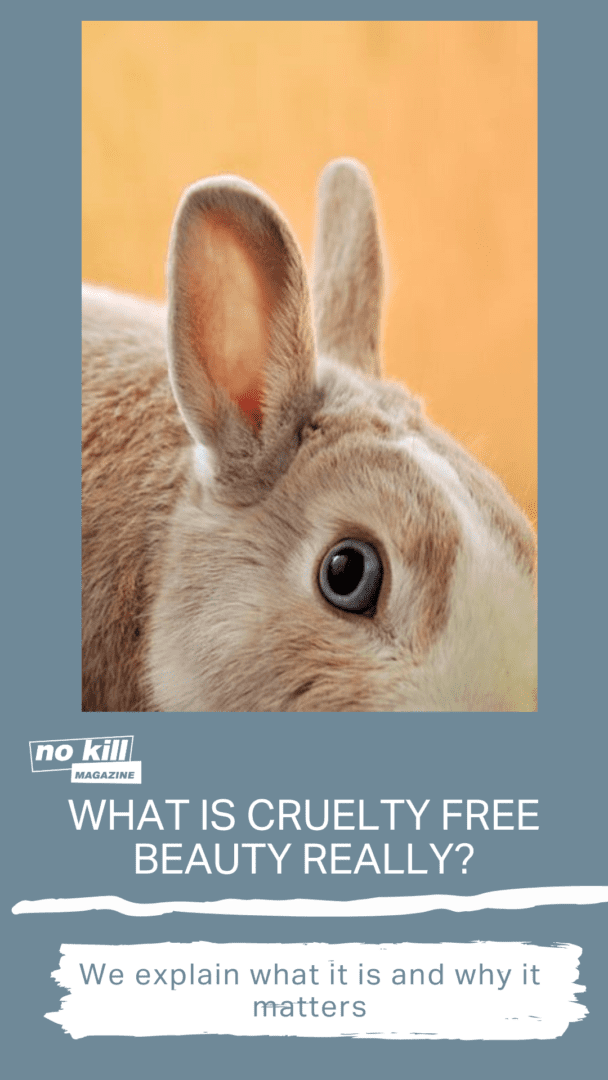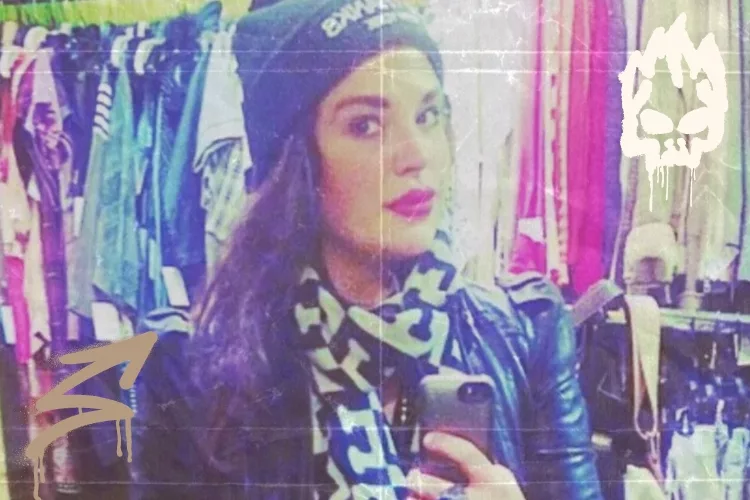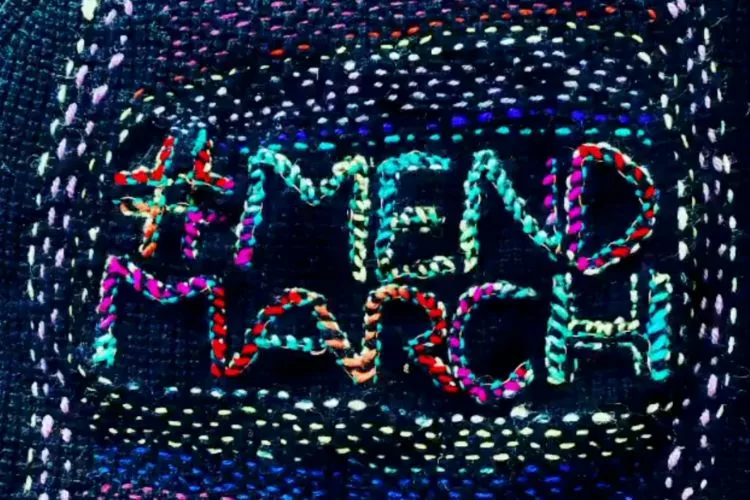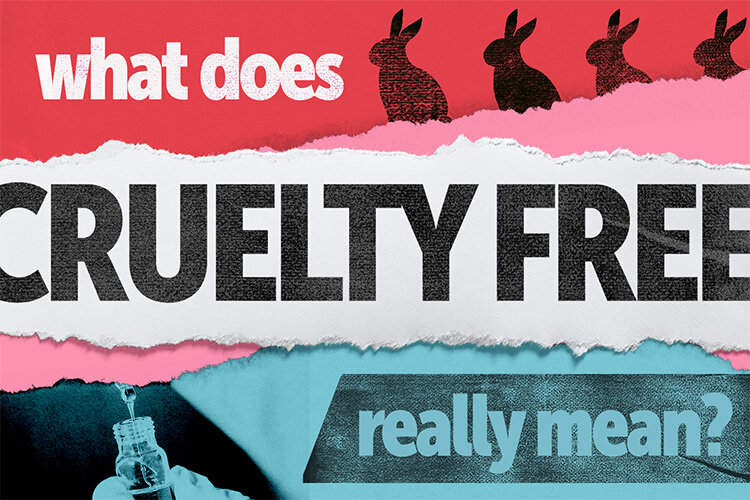
For decades, activists have been fighting animal cruelty in the form of shutting down fur and leather, but cosmetic animal testing has remained a lesser known issue. Animal testing is more than lipstick on bunnies and keeping it out of your purchases can require a bit of prior knowledge.
Cruelty free can mean a lot of different things depending on who you ask, so we’re going to break it all down for you: why cosmetics are tested on animals in the first place, the different levels of cruelty free and how to find products that meet your standards.
Where did this all start?
Cosmetic testing on animals began in the US in the 1930s when the Food and Drug Administration required some cosmetics to be tested for safety. Almost 100 years later, despite the availability of better methods, some companies still choose animal testing.
Cosmetic companies put animals including mice, rats and bunnies through fatal trials to test the safety of new ingredients, and many use ingredients which were certified through animal trials. Today, scientists have developed a variety of alternative tests using cell cultures and computer models that are significantly more accurate than animal testing.
Despite the inaccuracies and it no longer being required in the US, it is still legal. Other countries, like those in the European Union, have completely banned it, and activists are constantly working to pass the Humane Cosmetics Act.
Parent companies, international markets and ingredients, oh my!
Knowing what is and isn’t cruelty free isn’t as clear cut as it should be, because like so many other important labels, “cruelty free” has no legal definition. Because of this, one definition of cruelty free may be different from another- to decide how you define it, you need to know what factors play in.
The most obvious question to be answered is, “Was this product tested on animals?” For most major brands, and those marked cruelty free, this will be a no. However, “Were these ingredients tested on animals” and “Was this product tested on animals in other countries” are harder to find such straightforward answers.
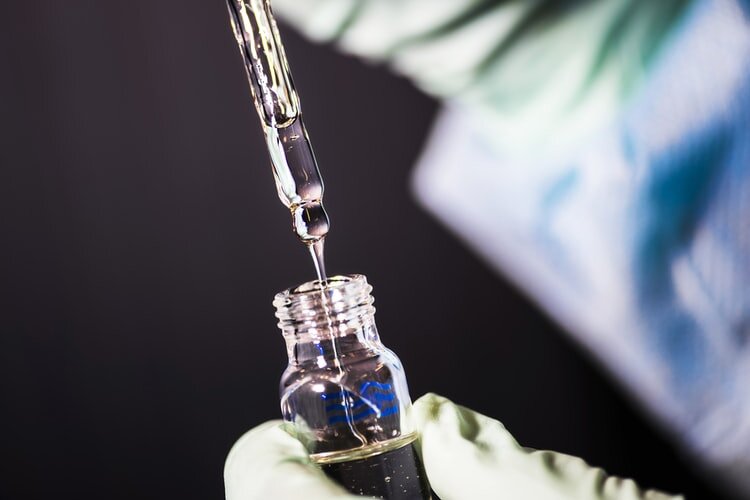
Even if not directly testing new products, testing ingredients or using animal testing results might still consider a brand not cruelty free. Some brands rely on results of old tests to trust their ingredients, rather than doing new, cruelty free tests.
Companies may be marked cruelty free, but have ingredients tested by a parent company- a larger corporation which owns them, and many times is not cruelty free-or third party who tests on animals. They may also be cruelty free in the US, but test their products on animals in countries like China, who still require some testing.
Selling in China used to mean a brand had to test their products on animals, but recently have changed regulations so that imported products need not be tested unless they are deemed “special cosmetics” or use ingredients not previously tested.
For some, the title of “cruelty free” also holds the weight of whether or not a brand uses animal by-products in their ingredients, and if those ingredients were ethically sourced. For instance, some shoppers might consider a brand not cruelty free if they use beeswax, as the collection of this ingredient may likely have caused harm to the bees.
Find your perfect certificate
Once you know where you draw the line of “cruelty free,” you can use a few sources to help you find brands meeting your standards. You’ll mainly be looking for a few little bunnies on cosmetic packaging to guide you toward your next purchase, but knowing what each one represents will help you dive deeper.
You probably know PETA (People for the Ethical Treatment of Animals) for their fur-ruining reputation, but they are a major name in cruelty free. Their Beauty Without Bunnies database has information on brands and products certified as cruelty free through the promise of each company’s CEO.
While this is not as extensive a certification as others, PETA’s name recognition alone is enough to make a brand keep a promise. They’ve made searching up a brand’s certification easy with their Bunny Free app, too.
Other certifications like Leaping Bunny and Cruelty Free International certify a brands commitment to being cruelty free through their own audit, and requires documents from suppliers. None currently require a brand’s parent company to be cruelty free in order to be certified, however, so these certifications can also serve as a starting place for your own research.
The long history of animal testing and its unfortunate present day hold on the cosmetics industry can make ethical beauty a challenge. As a customer, you have the power to raise the bar for your standards and demand change in the cosmetics industry, though.
Learning about what cruelty free means and how a brand can really commit to it is the first major step in changing the tides of animal testing. When you boycott a brand, they notice –and when you choose a cruelty free brand instead, they notice that too.
You’ve already made the first step reading this far, what will you do next? For starters check out our articles on vegan and cruelty free hair dye and facial cleansers.

